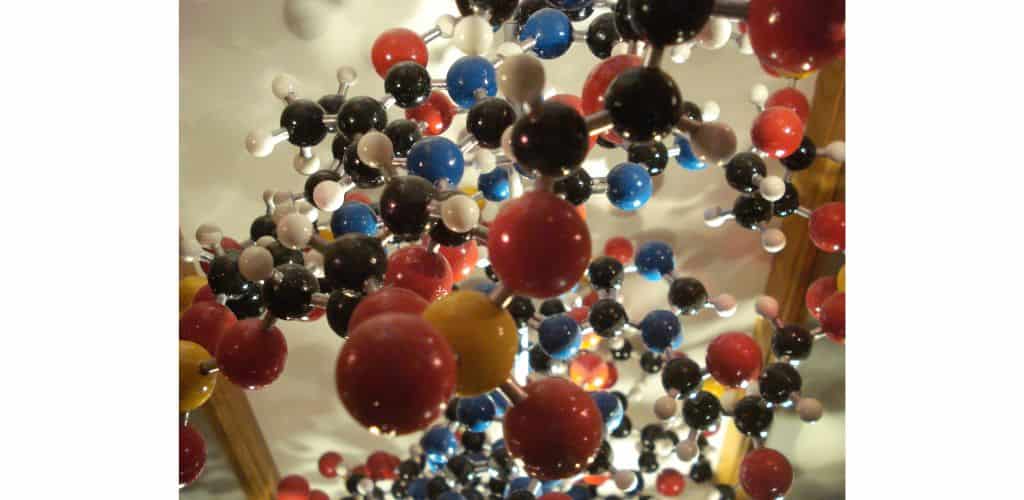The Federal Circuit has affirmed two decisions of the Patent Trial and Appeal Board (PTAB or Board) that upheld some claims of a patent owned by Personal Genomics Taiwan, Inc. (PGI) and invalidated other claims.
Pacific Biosciences of California, Inc. (PacBio) filed two petitions with the US Patent and Trademark Office (USPTO) under 35 U.S.C. §§ 311–19, each one seeking an inter partes review of a group of claims of U.S. Patent No. 7,767,441.
The patent describes and claims an “apparatus for identifying a single biomolecule” as well as methods of using or making that apparatus.
The patent describes an apparatus that uses many “optical detection apparatuses” to “monitor a large number (e.g., in some embodiments, more than 10,000) of single biomolecules in parallel,” and thereby determines the identity of many biomolecules in a sample “with high throughput.”
The PTAB rejected some of PacBio’s challenged claims and accepted others.
Both parties appealed.
PacBio principally challenged the Board’s construction of the claim phrase “identifying a single biomolecule.”
PGI defended the Board’s construction of the disputed claim phrase.
The court noted that
The claim-construction dispute central to the appeals before us involves the Board’s understanding that the “identifying a single biomolecule” phrase, in the context of the “[s]pecification of the ’441 patent,” “contemplates running myriad optical detection apparatuses in parallel to detect a single or individual biomolecule in each such apparatus.”…. That construction requires that the apparatus have the capability to characterize (determine the identity of) a biomolecule by examining that biomolecule alone, with no copies created to form an ensemble for examination. In adopting that construction, the Board rejected PacBio’s argument that an apparatus would come within this claim phrase if the apparatus, though not capable of characterizing a biomolecule by examining it alone, had the capability to characterize a biomolecule by making copies, examining the resulting ensemble, and inferring the identity of the starter biomolecule.
The court noted that it was undisputed that the claim language “for identifying a single biomolecule” referred to a capability of an apparatus.
In dispute was the meaning of “identifying a single biomolecule.”
Said the court:
That phrase has an ordinary meaning on its face and in context. The language refers to (a) ascertaining the identity of a biomolecule, i.e., what that biomolecule is, and (b) doing so by examining just that one biomolecule, not others (even copies). It is that capability the apparatus must have, no matter what other capabilities it has or how the apparatus may be used in a particular instance.
The court explained:
The ascertainment of the identity of a molecule is the ordinary meaning in this context of ‘identify,’ as the aim of the invention is to ascertain the identity, e.g., the nucleotide sequence, of the single biomolecule. See BRYAN A. GARNER, GARNER’S MODERN AMERICAN USAGE 435 (3d ed. 2009) (defining “identify” as “(2) to ascertain or demonstrate what something . . . is”); RANDOM HOUSE WEBSTER’S UNABRIDGED DICTIONARY 950 (2d ed. 2001) (defining “identify” as “1. to recognize or establish as being a particular . . . thing; verify the identity of”). That aspect of the claim meaning is not in genuine dispute. Only the above-stated second part of the meaning is disputed.
The court agreed with the Board that this identifying-by-examining-one-alone meaning is the ordinary meaning of the phrase at issue.
Said the court,
The striking feature of the phrase is its inclusion of the word “single.” There is no apparent reason for the inclusion of the word “single” in the phrase except to indicate that the capability required is to identify a molecule with just that one molecule in view.
The court added that
The ’441 patent’s specification confirms this understanding by repeatedly stressing that this “single biomolecule” capability is critical to the invention.
Based on this construction, the court agreed with the Board’s finding that one prior art reference didn’t disclose “identifying a single biomolecule,” and that another prior art reference does.
Just like the haiku above, we like to keep our posts short and sweet. Hopefully, you found this bite-sized information helpful. If you would like more information, please do not hesitate to contact us here.


